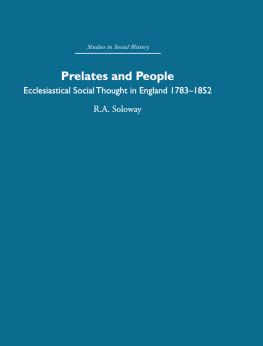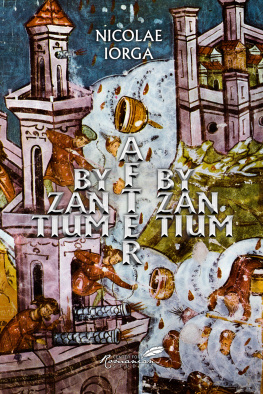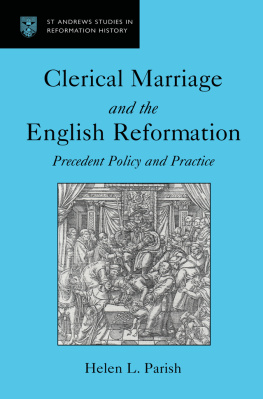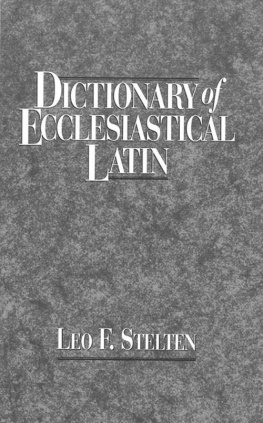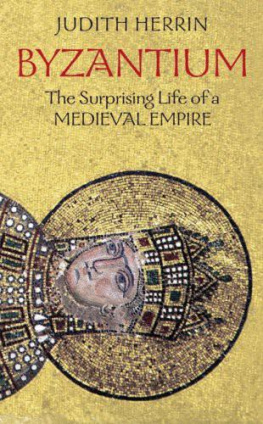
Clerical Continence in Twelfth-Century England and Byzantium
Why did the medieval West condemn clerical marriage as an abomination while the Byzantine Church affirmed its sanctifying nature? This book brings together ecclesiastical, legal, social, and cultural history in order to examine how Byzantine and Western medieval ecclesiastics made sense of their different rules of clerical continence. Western ecclesiastics condemned clerical marriage for three key reasons: married clerics could alienate ecclesiastical property for the sake of their families; they could secure positions in the Church for their sons, restricting ecclesiastical positions and lands to specific families; and they could pollute the sacred by officiating after having had sex with their wives. A comparative study shows that these offending risk factors were absent in Byzantium: clerics below the episcopate did not have enough access to ecclesiastical resources to put the Church at financial risk; clerical dynasties were understood within a wider frame of valued friendship networks; and sex within clerical marriage was never called impure, as there was no drive to use pollution discourses to separate clergy and laity. These facts are symptomatic of a much wider difference between West and East, impinging on ideas about social order, moral authority, and reform.
Maroula Perisanidi is a Leverhulme Early Career Fellow at the University of Leeds, UK, researching reform and clerical authority in the eleventh century. She has published articles on canon law and on the history of sexuality in several major journals.
First published 2019
by Routledge
2 Park Square, Milton Park, Abingdon, Oxon OX14 4RN
and by Routledge
711 Third Avenue, New York, NY 10017
Routledge is an imprint of the Taylor & Francis Group, an informa business
2019 Maroula Perisanidi
The right of Maroula Perisanidi to be identified as author of this work has been asserted by her in accordance with sections 77 and 78 of the Copyright, Designs and Patents Act 1988.
All rights reserved. No part of this book may be reprinted or reproduced or utilised in any form or by any electronic, mechanical, or other means, now known or hereafter invented, including photocopying and recording, or in any information storage or retrieval system, without permission in writing from the publishers.
Trademark notice: Product or corporate names may be trademarks or registered trademarks, and are used only for identification and explanation without intent to infringe.
British Library Cataloguing-in-Publication Data
A catalogue record for this book is available from the British Library
Library of Congress Cataloging-in-Publication Data
A catalog record for this book has been requested
ISBN: 978-1-138-49513-5 (hbk)
ISBN: 978-1-351-02462-4 (ebk)
Typeset in Times New Roman
by Apex CoVantage, LLC
To Oliver
This research was originally funded by a European Union Research Excellence Scholarship and the History Department at the University of Nottingham. More recently, an Early Career Fellowship sponsored by the Leverhulme Trust and the University of Leeds has helped me bring the work to completion. In between I had the benefit of a one-month research award at Dumbarton Oaks in summer 2016. I am grateful to all these institutions for their generosity.
I also need to thank a series of people who helped me in the writing of this book. First among these is Professor Julia Barrow, who not only supervised my PhD but also has been a continuous source of encouragement and is now my mentor in my current fellowship. My other supervisor, Dr Mary Cunningham, was invaluable in fostering my enthusiasm for the history of the Byzantine Church. She also introduced me to Dr Ruth Macrides, whose work on canon law was an inspiration for this book, and who has remained supportive since examining my thesis.
Professor Hugh Thomas reviewed the draft manuscript of the whole book and provided very useful comments which pushed me to think about the topic more broadly. A number of scholars have kindly given up their time to comment on individual chapters: Prof. Michael Angold, Prof. Anthony Kaldellis, Dr Charis Messis, Prof. Sara McDougall, Dr Claire Taylor, and in particular Prof. David DAvray, whose advice on a draft of led to a shift of emphasis and a major improvement.
Next, I would like to thank three friends. Gemma Evans and Siobhn Hearne shared my moments both of complaining and of excitement, proofread many drafts, and have learned more about the Middle Ages than they probably ever anticipated. The same goes for one of my most recent but most attentive readers, Steven Kaye: I was lucky to find a proofreader who could save me from errors not only in English but also in French, German, Turkish, Hungarian, Greek, and Latin.
Finally I have to turn to the person to whom I have dedicated this book, Oliver Thomas. Thank you for all your advice about my work, but also for giving meaning to my life beyond it.
| Councils & Synods | D. Whitelock, M. Brett and C.N.L. Brooke, Councils & Synods: with other documents relating to the English Church, vol. I: 8711066 , vol. II: 10661204 (Oxford, 1981). |
| d.a.c. | dictum ante canonem ; for Gratians commentary preceding a canon |
| d.p.c. | dictum post canonem ; for Gratians commentary following a canon |
| DOP | Dumbarton Oaks Papers |
| EEA | English Episcopal Acta |
| Fasti | D.E. Greenway (IVII and X), J.S. Barrow (VIII), M. Pearson (IX), C. Brooke, J. Denton, and D. Greenway (XI) (eds.), Fasti Ecclesiae Anglicanae (London, 19682011). |
| Gemma Ecclesiastica | J.J. Hagen (trans.), The Jewel of the Church: a Translation of Gemma Ecclesiastica by Giraldus Cambrensis (Leiden, 1979). |
| Gir. Camb. opera | J.S. Brewer, J.F. Dimock, and G.F. Warner (eds.), Giraldi Cambrensis opera , 8 vols., RS, 21 (London, 186191). |
| JGR | I. Zepos and P. Zepos, Ius graecoromanum , 6 vols. (Athens, 1931; repr. Aalen, 1962). |
| Leo VI | P. Noailles and A. Dain (eds.), Les novelles de Lon VI le Sage (Paris, 1944). |
| Les regestes de 715 1206 | V. Grumel and J. Darrouzs (eds.), Les regestes des actes du patriarcat de Constantinople , I: Les actes des patriarches, fasc.ii et iii: Les regestes de 715 1206 (Paris, 1989). |
| Magistri Honorii | R. Weigand, P. Landau, and W. Kozur (eds.), Magistri Honorii Summa De iure canonico tractaturus , 2 vols. (Vatican City, 2004, 2010). |
| Magister Rufinus | H. Singer (ed.), Die Summa decretorum der Magister Rufinus (Padeborn, 1902). |
| OCP | Orientalia Christiana Periodica |
| PG | J.-P. Migne (ed.), Patrologiae cursus completus. Series graeco-latina , 166 vols. (Paris, 185766). |
| PL | J.-P. Migne (ed.), Patrologiae Latinae Cursus Completus , 221 vols. (Paris, 184464). |
| REB | Revue des tudes byzantines |
| Summa des Stephanus | J.F. von Schulte (ed.), Die Summa des Stephanus Tornacensis ber das Decretum Gratiani (Giessen, 1891). |
| Summa Lipsiensis | P. Landau et al. (eds.), Summa omnis qui iuste iudicat Sive Lipsiensis , 3 vols. (Vatican City, 2007, 2012, 2014). |


